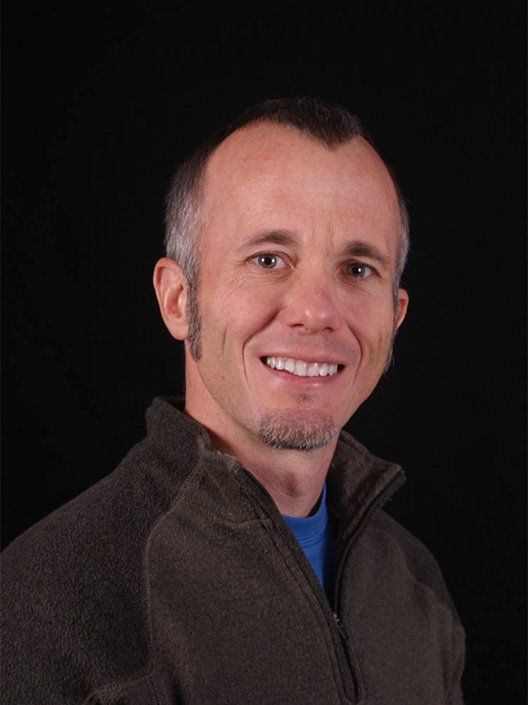Electrical and Computer Engineering
ELECTROMAGNETICS
In electromagnetics, the fields are no longer tethered to a circuit board and can instead move through space. Their interaction with the world around them (for example the human body or your cell phone or an aircraft) enables all kinds of imaging, communication, sensing and ranging applications. Electromagnetic and optical engineers design a variety of everyday technologies including: medical imaging systems (i.e. MRI scanners), radar, GPS, microwave heating.
University of Utah electrical and computer engineering professor Dr. Cynthia Furse combined her love of horse riding and engineering to write a cover story for IEEE Antennas & Propagation Magazine about the challenges of maintaining wireless communications during the annual Pony Express reenactment that runs from California to Missouri
Suggested Coursework
The following are suggested Programs of Study for a graduate student pursuing an MS degree with an emphasis in Circuits. It is not required that students follow any of these course schedules, but for students to use these as a guide. So long as degree requirements are met, any ECE or allied graduate coursework (5000- level or above) may be substituted.
Traditional MS
3 Semesters | 1-1.5 Years
These Programs of Study meet Coursework option requirements for a full-time student and can easily be adapted to the Project option. Students completing the Thesis option must meet with the Graduate Student Coordinator to create their academic plan.
Part-Time MS
*Graduate seminar credits may be completed in any order within a student’s first academic year in the program.
5 Semesters | 2-2.5 Years
A schedule like this is for students who are currently working and don’t have the capacity to be full-time students but feel capable of managing a steady pace of courses (2 per semester).
Coursework
| Semester | Courses | Credits |
| 1 | 3 | 7.0* |
| 2 | 3 | 7.0* |
| 3 | 2 | 6.0 |
| 4 | 2 | 6.0 |
| 5 | 2 | 6.0 |
| TOTAL | 12 | 32.0 |
Summer Project
| Semester | Courses | Credits |
| 1 | 3 | 7.0* |
| 2 | 3 | 7.0* |
| 3 | 2 | 6.0 |
| 4 | 2 | 6.0 |
| Summer | Project | 4.0 |
| TOTAL | 10 | 30.0 |
9 Semesters | 4 Years
A reduced and extended part-time schedule of 8 semesters of coursework, with 1 course per term, and a summer project.
Year 1
| Semester | Credits |
| Fall |
4.0* |
| Spring |
4.0* |
Year 2
| Semester | Credits |
| Fall |
3.0 |
| Spring |
3.0 |
Year 3
| Semester | Credits |
| Fall |
3.0 |
| Spring |
3.0 |
| Summer |
4.0 – Project |
Year 4
| Semester | Credits |
| Fall |
3.0 |
| Spring |
3.0 |
| TOTAL |
30.0 |
Default Supervisory Committee
For students completing the coursework or project options

Cynthia Furse
Director of Graduate Studies, ACES Fellow
Distinguished Professor
- Phone: 801-585-7234
- Email: cfurse@ece.utah.edu
- Office: MEB 2280
Electromagnetics, Intermittent fault location for aircraft wiring, antenna design and optimization, communications, bioelectromagnetics, and engineering education.

David Schurig
Associate Professor
- Email: david.schurig@utah.edu
- Office: MEB 2274
Metamaterials: Design, analysis and fabrication of metamaterials in frequency ranges from megahertz to petahertz. Transformation design of devices implementable with metamaterials. Applications include: remote sensing, near-field imaging, biological imaging, implantable devices, electro-mechanical devices and invisibility cloaking.






